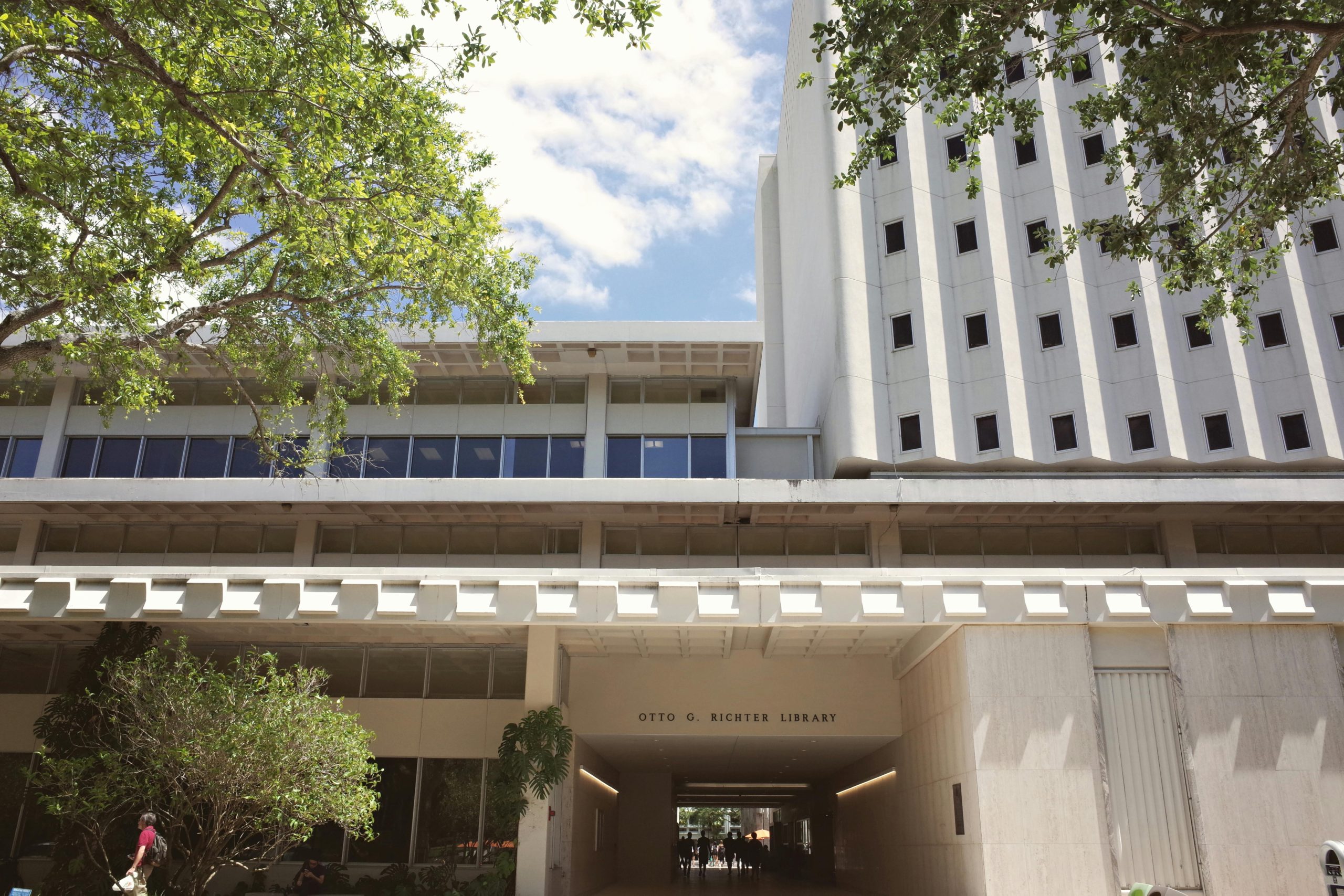Thames Water has announced a £19 per month increase… This means my monthly water bill will now exceed £70. I was under the impression that the £19 increase would take effect by 2030, not starting next financial year.
Supporting the People of Berkshire

It can be frustrating to see such significant increases in bills, especially when it seems like the hikes are happening quicker than expected. Many people are feeling the pinch right now with rising costs across the board. It’s understandable to expect gradual increases rather than sudden jumps. Have you considered reaching out to Thames Water for clarification on the increase? They might provide more context on how they plan to implement these changes moving forward.
This increase is certainly concerning, especially given the pressures of rising living costs we’re all experiencing. It raises important questions about the sustainability and transparency of utility pricing. Have we seen any improvements in service or investment in infrastructure that justify such a significant hike? Also, it might be worth exploring how Thames Water plans to address customer concerns and potential impacts on vulnerable households. Perhaps we could advocate for clearer communication and more accountability from water companies regarding their pricing strategies. Sharing experiences and strategies could help us navigate these changes collectively.
It’s certainly frustrating to see such a significant increase in utility bills, especially when it can feel unexpected or poorly communicated. This change not only impacts individual households but also raises concerns about the broader economic climate and cost of living. It might be worth looking into the reasons behind this increase — Thames Water has cited factors such as rising operational costs and the need to invest in infrastructure upgrades to ensure reliable service.
For those affected, it may also be beneficial to explore potential programs for assistance or discounts available for low-income households. Additionally, keeping an eye on how this increase aligns with water conservation efforts or improvements in service delivery could provide some insight into whether this investment is truly addressing long-term sustainability. Open discussions with local representatives about these changes might also lead to more transparency and accountability in pricing strategies moving forward.
Thank you for highlighting this significant increase. It’s concerning to see such a substantial rise coming earlier than initially expected, as it can impact household budgets and planning. It might be helpful for consumers to review their water usage habits to identify potential savings, such as fixing leaks or installing water-efficient fixtures. Additionally, local authorities and regulatory bodies should ensure transparency around these hikes and communicate clearly about the reasons behind them—whether due to infrastructure upgrades, environmental initiatives, or other factors. Staying informed and proactive can help mitigate the financial impact and ensure community members are prepared for upcoming changes.